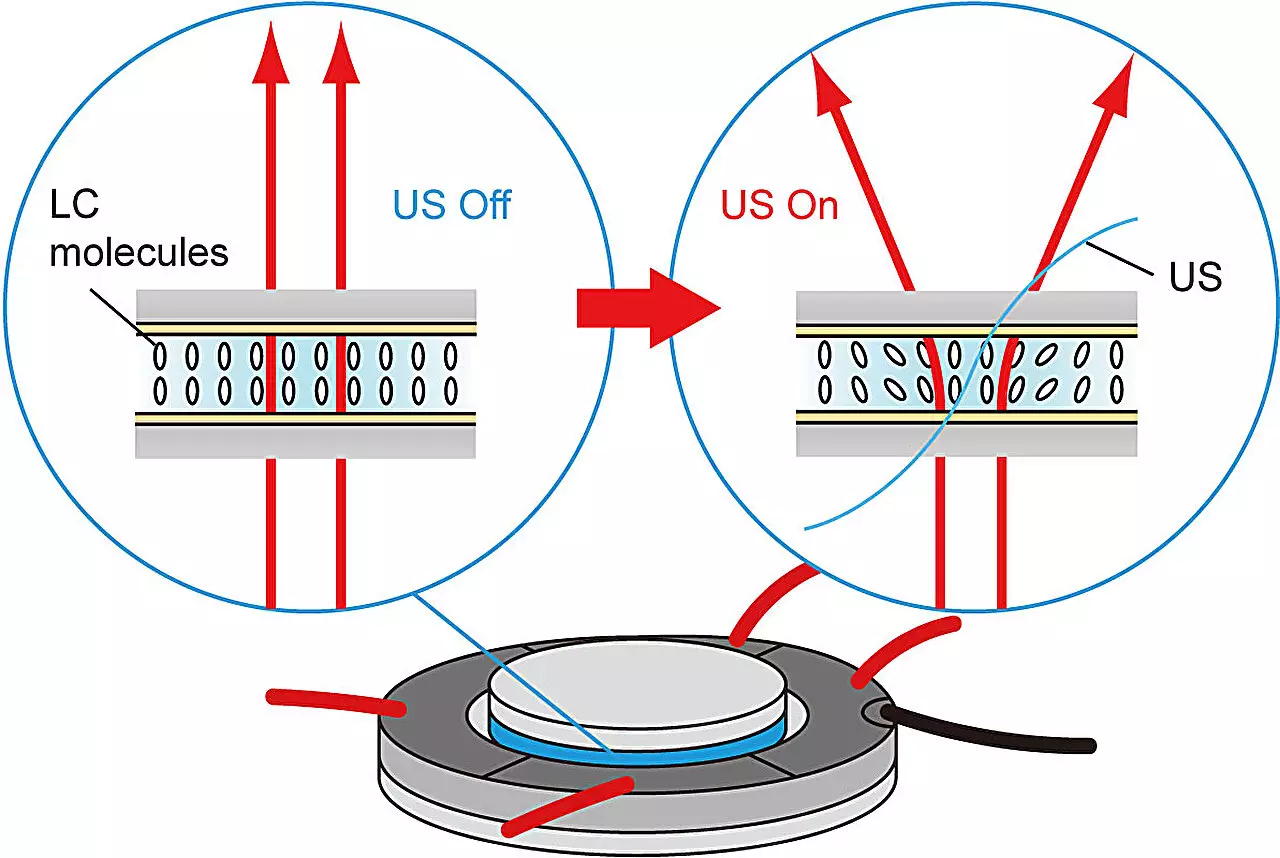Light has always been a vital component in human life, dating back to the discovery of fire. Over the years, humans have evolved various artificial light sources to meet the growing demand for illumination. Artificial lights, such as incandescent lamps, gaslights, discharge lamps, and light-emitting diodes (LEDs), play a crucial role in our daily lives. Our ability to study, work effectively, and even our physical and mental health are deeply intertwined with the distribution and intensity of artificial lights indoors.
LEDs, being the latest innovative artificial light source, have made significant contributions to the development of environmentally friendly lighting systems due to their high efficiency. However, one drawback of LEDs is their small size, which necessitates the use of diffusers to spread light over a larger area. Traditionally, light diffusers have employed periodic surface profiles, periodic refractive index distributions, or light-scattering layers to direct and spread light in specific directions. While the optical characteristics of these diffusers can be tailored during fabrication to meet specific requirements, once fabricated, these properties cannot be easily changed.
In a groundbreaking study conducted by Professor Daisuke Koyama and graduate students, Mr. Yuma Kuroda and Mr. Ryoya Mizuno from the Faculty of Science and Engineering at Doshisha University, an innovative tunable ultrasonic liquid crystal (LC) light diffuser was developed. This ultrasonic LC light diffuser operates based on the generation of non-coaxial resonant flexural vibration, controlling the molecular orientation and refractive-index distribution of the LC layer to provide control over diffusion angle and direction. What sets this diffuser apart is its thin and simple structure with no mechanical moving parts, unlike traditional diffusers that rely on mechanical components for diffusion control.
The ultrasonic LC light diffuser consists of a nematic LC layer sandwiched between two glass disks, along with an ultrasonic piezoelectric transducer. The electrodes of the transducer are arranged in a circular pattern within the diffuser. By applying a continuous reverse-phased sinusoidal signal to the transducer, ultrasonic vibration is produced on the glass disks. When the frequency of this vibration matches the resonant frequency of the LC light diffuser, non-coaxial resonant flexural or bending vibration modes are generated on the LC layer at various frequencies. This leads to differences in acoustic energy between the LC layers, glass disks, and the surrounding air, resulting in an acoustic radiation force that alters the molecular orientation of the LC layers and changes the transmitted light distribution.
One of the key advantages of the ultrasonic LC light diffuser is its ability to control diffusion directivity without the use of mechanical parts. By changing the electrodes to which the input voltage is applied, the direction of molecular orientation and diffusion directivity can be easily rotated. The researchers found that the diffusion angle depends on the input voltage amplitude and is maximized at 16 V, beyond which the diffused light may become unstable. Moreover, the transmitted light distribution is influenced by the polarization of incident light, showcasing the versatility and potential applications of this innovative technology in various lighting scenarios.
The development of the ultrasonic liquid crystal light diffuser represents a significant breakthrough in artificial lighting technology. Its ability to control diffusion directivity without mechanical components, along with its thin and simple design, sets it apart from traditional light diffusers. As researchers continue to explore and refine this technology, we can expect to see further advancements in the field of artificial lighting, promoting energy efficiency, aesthetics, and overall well-being in indoor environments.


Leave a Reply